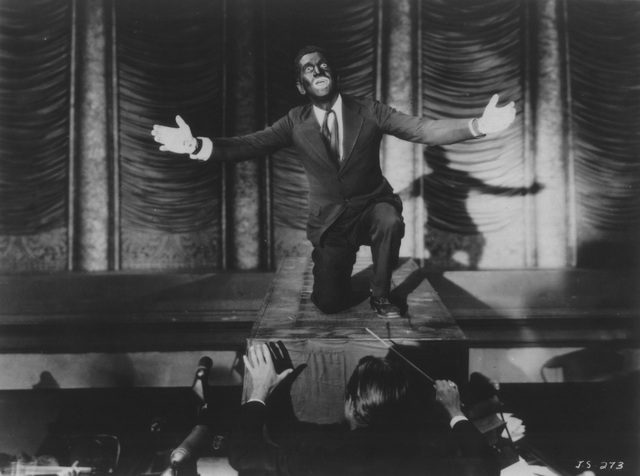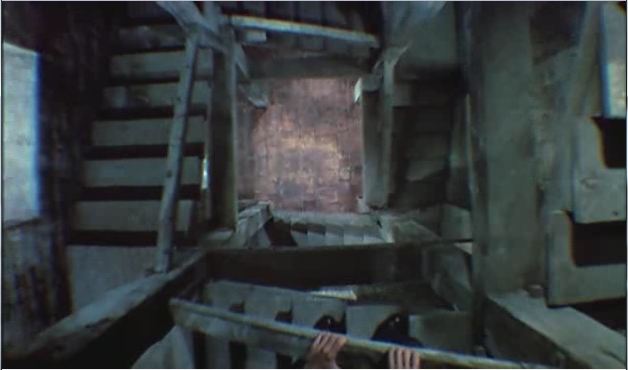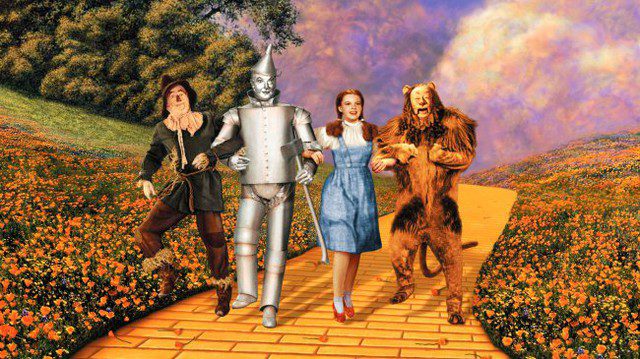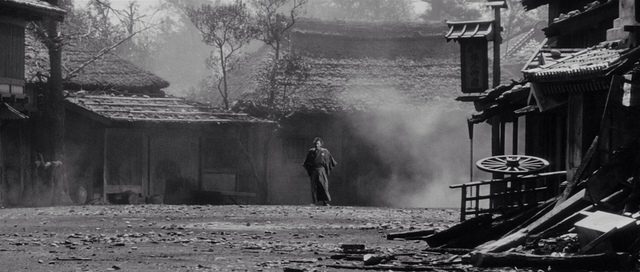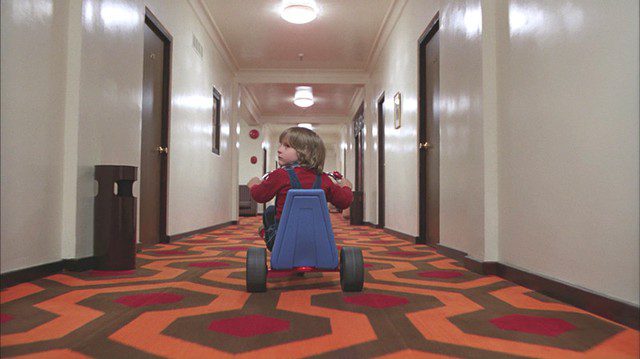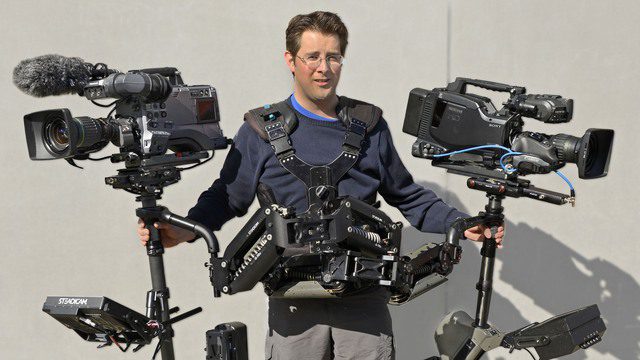Since its inception, the film industry has continuously evolved, developing in tandem with modern times and meeting the ever-increasing demands of viewers, particularly in storytelling and specialized techniques. Production companies, directors, and filmmakers always ask themselves questions like, “What other forms can be utilized?” or “Can we use it differently?” In this direction, the film industry has progressed significantly while still retaining the most crucial core elements.
Below is a list of the most significant innovations in the history of cinema, tracing back from the “silent era” to the contemporary film industry. Some innovations (like sound) have become indispensable in the current film production process, while others are only used for specific purposes (like IMAX). However, in the new era, any new creation is considered a key to advancing the film industry into a new phase.
1. Sound
In 1927, a significant milestone was reached in film history when a large audience could simultaneously watch (and hear) a film with sound and dialogue: “The Jazz Singer” achieved monumental success and opened the door to the development of “talkies” (now referred to as mainstream films).
Sound quickly became an essential part of the filmmaking process. However, this new technique still faced some (very) reluctance from directors who believed that having actors speak directly on screen would diminish the artistic impact of the film on audiences. Charlie Chaplin, the “king” of the silent film era, was one of the most famous figures in this group, feeling rather uncomfortable with the idea of integrating sound into his own artistic creations.
Before the advent of “talkies,” every sound that viewers heard in theaters was live music performed directly, and every line spoken by actors was written on intertitles (text displayed on screen). However, sound experimentation in film began in 1914, and the introduction of Warner Bros.’ Vitaphone, which successfully produced a short film with synchronized sound, was a significant advancement.
Although today, watching a “silent film” is quite… rare for many, prior to 1927, the film industry was still developing robustly with this method. Even to this day, there are still high-quality silent films produced, such as “The Artist” (2011) by director Michel Hazanavicius. However, the emergence of sound remains one of the most significant turning points in the global film industry.
2. Dolly
The dolly camera is an incredibly useful invention for assisting in filming, providing dynamic shots and scientific framing like a stage. A dolly is a device that helps the camera move “smoothly” on a level surface by mounting it on wheels; it allows for the most fluid shooting techniques, and dolly systems often include a track as well.
Segundo de Chomón is often credited as the inventor of the dolly; he experimented with mounting wheels on cameras as early as 1907, a decade before these techniques became widely adopted in the film industry. The weight of the camera significantly affects the quality of dolly shots, and over time, this technique has seen many developments that allow filmmakers to sit beside the camera while it moves.
In addition, the dolly has also been equipped with “cranes” to elevate the camera, allowing for even more creative shots. A particularly notable shot technique from this technology is the dolly zoom: the object is brought closer to the lens while simultaneously pulling the background away from the frame (or vice versa), creating a “dynamic” effect of the dolly wheels’ motion.
3. Color
The introduction of color has revolutionized the film industry, enriching the experiences that films provide viewers, making them more vibrant and closer to real life. Bringing everyday colors to the screen has “transformed” the way films were previously experienced, allowing audiences to feel more connected to the unfolding stories.
The first experiments with “color films” appeared around the early 20th century, with very few options regarding color selection. By 1932, when Technicolor introduced its three-color process, the colors on film became significantly richer.
By the late 1950s, the production of colored films became more diverse and was widely recognized. It is no surprise that this technique has proven its potential to produce stunning visuals, with the most notable example being the classic film “The Wizard of Oz” (1939).
4. Widescreen
The film industry is a technical field that must constantly adapt to changes in culture and technology, seeking new ways to offer unique experiences. A prime example of this continuous evolution is the introduction of widescreen formats. In its early decades, films were presented in a nearly square aspect ratio of 1:1.33, but production companies and directors quickly sought ways to make their images wider and larger.
Every major studio began investing in this format, and the biggest jump occurred after television was invented, transitioning from the 1:1.33 format to something resembling the outside world. When this format returned to home viewing, filmmakers realized they had to enhance the visual quality to attract viewers back to theaters. This was also the period when films with larger formats: 65 – 70mm and anamorphic 35mm lenses emerged, leading to much broader images.
The late 50s and 60s saw many successful projects utilizing widescreen formats, culminating in the current standard choices of 1:1.85 and 1:2.65 being the primary selections for directors today.
5. Steadicam
At the end of the 1970s, many new types of cameras were experimented with to assist handheld shots just like dolly shots. The brain behind these innovations is filmmaker Garrett Brown, who always aimed to create a stabilizing system that helps maintain framing while shooting handheld.
The final product was a camera rig directly connected to the operator through a specialized vest; the arm movements of the vest keep the Steadicam balanced, allowing images to remain stable regardless of how the operator moves. Garrett Brown applied this invention in the film “The Shining” (1980), creating many iconic shots (such as the running scene through the maze or the tracking shot through the hotel lobby).
The Steadicam was immediately recognized as an incredibly useful filmmaking tool and continues to be used to this day. In practice, Steadicam technology has evolved to support many other camera types, such as handheld cameras or IMAX.
Source: Taste of Cinema
10 Interesting Details You May Not Know About the “Game of Thrones” Film


